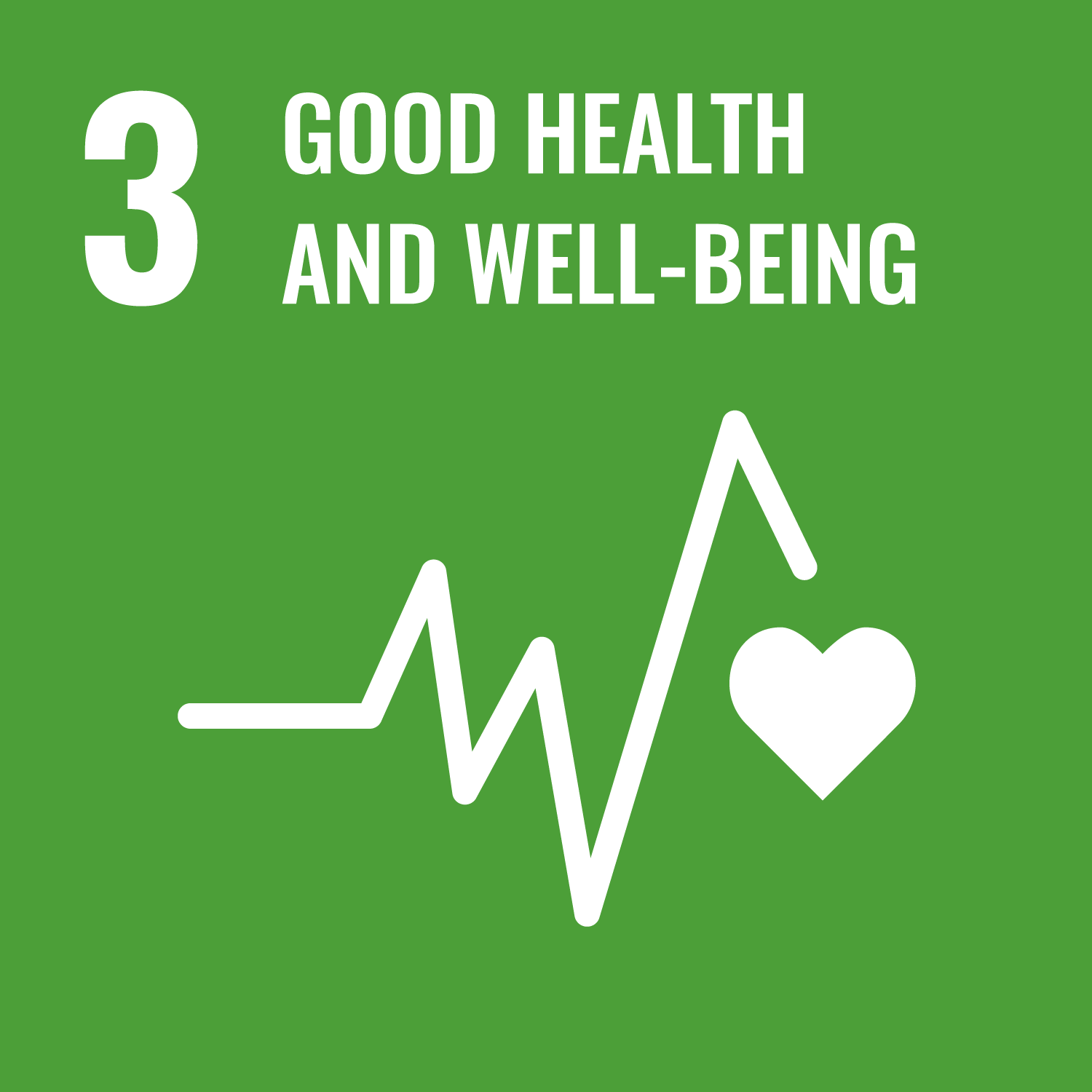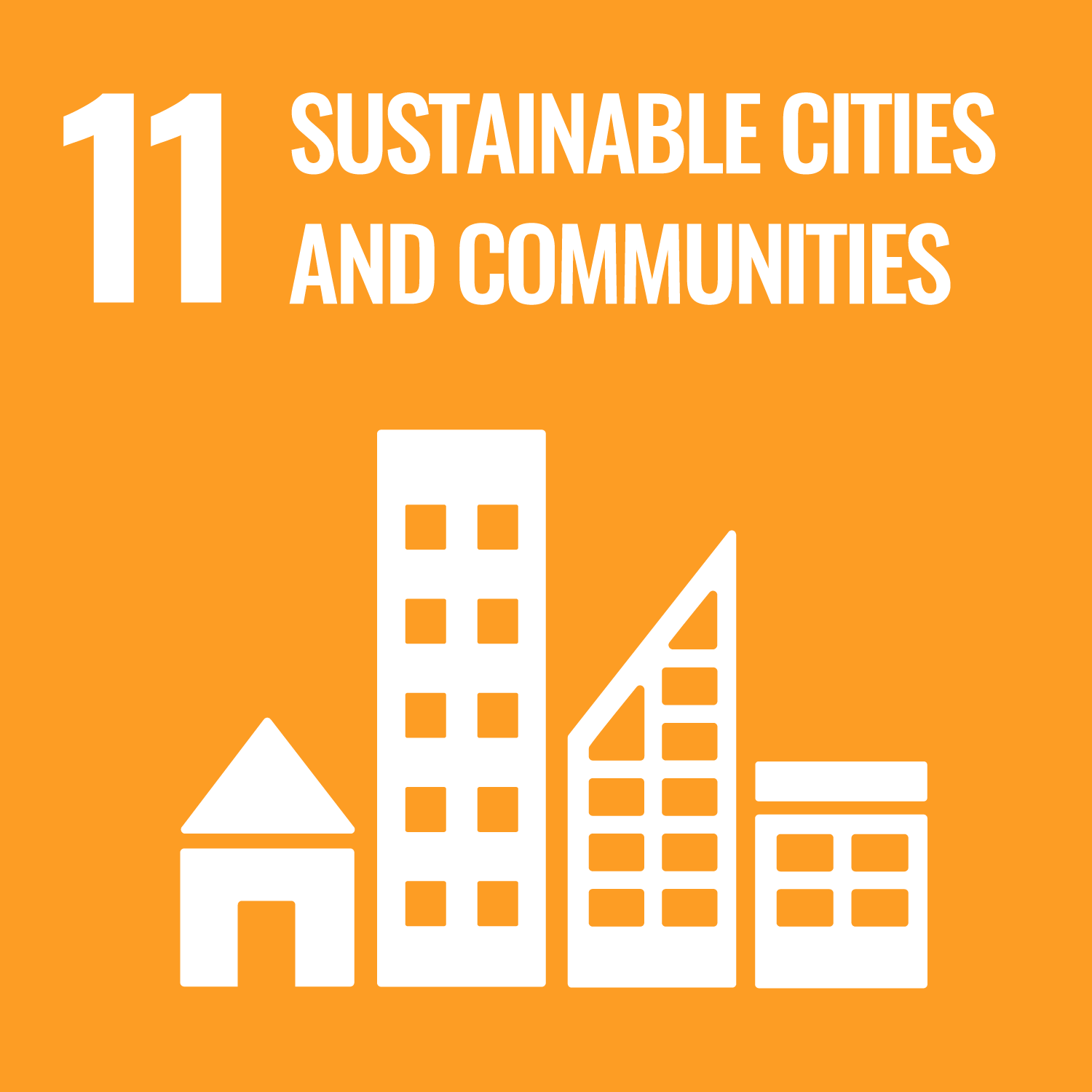
- Impact bond
- Child and family welfare
- UK
United Kingdom
7 mins
It's All About Me (IAAM)
Last updated: 17 Aug 2019
IAAM supports children in the care of local authorities find permanent homes with adoptive families who had received therapeutic training to deal with their specific needs.
Project Location
Aligned SDGs


INDIGO Key facts and figures
-
INDIGO project
-
Commissioner
-
Intermediary
-
Investor
- Big Society Capital
- Bridges Impact Foundation
- Deutsche Bank
- Esmee Fairbairn Foundation
- European Investment Fund (EIF) / European Fund for Strategic Investments (EFSI)
- JP Morgan
- Merseyside
- Office for Civil Society
- Omidyar Network
- Panahpur Charitable Trust
- Pension funds
- Pilotlight
- The Prince's Charities
- Trust for London
-
Provider
-
Funds
-
Start of service provision
2013
-
Capital raised (minimum)
GBP 2m
(USD 3.13m)
-
Service users
198
Target population
‘Harder to place’ children who would be likely to be aged 4+, in a sibling group, with a disability or from a BME background– or a combination of these – and would have been on the Adoption register for at least six months.
The challenge
Many children in the care of local authorities have suffered from neglect, developmental disruption and traumatic experiences and need additional support to rebuild a normal developmental pattern and deal with their traumas. This makes it more difficult for local authorities to find suitable permanent homes for them. In many cases they are older, in sibling groups, or from ethnic minorities, and adoptive families for these children are harder to find. Children who have been waiting for an adoptive family for more than a year are ‘harder to place’.
Additionally, the typical ‘matching’ process involves finding a child who meets the needs or profile of the prospective adoptive parents from the pool registered with that Local Authority (LA), rather than matching based on the needs of the child. Local authorities can decide to place a child with an adoptive family that was assessed and approved by a different adoption agency (this can be another local authority or a voluntary adoption agency (VAA). In these cases, the agency will charge a fee to cover the costs of recruiting, assessing and approving the adopters. This is called the inter-agency fee.
When It’s All About Me (IAAM) was set up in 2013 there were over 3,000 children waiting to be adopted across the country, children waited a long time to be adopted, and many adoptive families were struggling without support.
The solution
IAAM was set up in 2013 to help children in the care of local authorities find permanent homes with adoptive families who had received therapeutic training to deal with their specific needs. Under the IAAM scheme, participating VAAs actively sought families for harder to place children. This was followed by a detailed diagnostic assessment of the child’s needs, completed in partnership with South London and the Maudsley (SLAM), before matching the family’s training to the child’s individual profile. The family then received all necessary training in therapeutic parenting along with 24-hour telephone support available during the first two years after placement to optimise the effectiveness of the parenting and reduce the risk of breakdown.
The involvement of multiple VAAs also sought to vastly widen the pool of prospective adoptive parents available to be matched.
Under the typical adoption practice at the time, both the assessment and specialist training available through IAAM would have been prohibitively expensive for a local authority (£54,000 per child - around double the cost of a normal inter-agency fee for an adoptive placement).
The impact
When IAAM was launched, it was anticipated that the social returns achieved as a result of the new approach would be at a rate of at least £2.6m for every £10,000 invested in the project. Around 90% of these returns were projected to be cashable savings by the Local Authority, with wider benefits in the stable future lives of the children. The main savings to local authorities and the state were going to be achieved through saving the continued cost of children being in care.
Source: Department for Education, Children’s Social Care Innovation Programme .
In 2015 the Department for Education introduced grant funds that reimburse the money local authorities spend on inter-agency fees for ‘hard-to-place’ children and cover the cost of post-placement support, and subsequently announced further comprehensive reforms to the adoption system, making the service provided through the IAAM SIB redundant. The project has been put on hold, and while support for children already on the programme continues, no additional children are being referred to IAAM. As this project was funded through a Social Impact Bond, the investors who provided the upfront capital to get the service up and running are forecast to lose approximatively 50% of their investment. Over the life of the programme 21 children were placed, of which 4 placements broke down, while 17 remained stable right through to the adoption order.
Outcomes framework
There are four milestones that payments were based on:
- Registration: when the LA agrees that the plan formulated between it and the VAA is an appropriate one and delivers value. The VAA agrees to train parents to a given plan for that child (Payment of £8,000)
- Placement: when the LA agrees that the parents have been trained and are ready to meet the child’s needs (Payment of £23,000)
- One year in: the placement is on track and delivering value (Payment of £6,800)
- Two years in: the placement is continuing, has already delivered value, and on track to succeed. (Payment of £15,800)
Source: Big Society Capital - Adoption Social Impact Bond, 2016.
Project insights
How did Local Authorities access IAAM?
IAAM was the first provider-led SIB in the UK, developed by a collaboration of 18 Voluntary Adoption Agencies (VAAs) and Baker Tilly. IAAM was designed as a nation-wide service, open to authorities across the country. The Cabinet Office’s Social Outcomes Fund committed to contributing £10,000 in outcomes payments for the first 100 children registered under the SIB. It is worth noting that this was (and remains to date) the only SIB ever launched by the market which did not receive any development grant funding to cover the cost of designing it (all of that cost was charged to the project, and thus borne by the investors and the 18 VAAs who contributed at the outset).
The signing up process for local authorities was designed to be as simple as possible: local authorities would refer a child to IAAM, which would then alert all VAAs. The VAAs would consider the referral and if they were able to help would contact the Local Authority. The Local Authority would then decide whether to register with a VAA to find a family. This process was called ‘Registration’ and was marked by the exchange of contracts outlining what the VAA will do to find and support a family to placement and beyond for two years. Alternatively, the Local Authority could go direct to a participating VAA, and in this case the VAA informed IAAM and the process continued from this point without other VAAs being asked to consider family finding in the particular case.
Further information about the IAAM operational model is available here.
Once a child was registered with IAAM, local authorities would be required to stop looking for suitable placements elsewhere, but some stakeholders felt that this was unreasonable, and subsequent programmes should consider whether this approach is most effective in securing the best possible outcomes for the children being supported.
Funding model
Big Society Capital and Bridges Fund Management committed to provide working capital to the IAAM project to fund up to 100 child places per year. This funded the VAAs work in finding and training parents, assessing the needs of the child around which that training was based, and delivering a complex matrix of support to the parents in delivering the therapeutic parenting the child needs. This was drawn down by the providers as required to fund each stage of the intervention for each child participating in the programme, totalling £46,500 per child. This strategy enabled VAAs to get additional resources to recruit adoptive parents for these children, offer additional training to adoptive families, and where appropriate, to their support networks, and tailor the training to the specific needs of the child and the family over and above what would be available through the normal inter-agency fee of £27,000.
Funding IAAM through a Social Impact Bond model meant that the funding from investors was available to participating VAAs at the start of the process (the inter-agency fee is only paid by LAs at the point when a child is actually placed, long after the necessary work has been done), with the local authorities repaying the funding over several years as the various set outcomes were being achieved (LAs would save money from reduced cost of looking after the children in care). Where all the four milestone outcomes (tracking placement stability up to two years after the adoption placement - see Outcomes Framework above) were achieved for a child registered with IAAM, the local authorities paid about 50% more per adopted child than through the inter-agency fee, but ~50% less than they would have done during that period of looking after the child in care.
Source: Big Society Capital - Adoption Social Impact Bond, 2016.
Impact of system-wide changes in national policy
The IAAM service was launched in 2013 as a response to the challenges that local authorities were facing in finding adoptive families for so-called ‘harder to place’ children. At that time, the number of children waiting to be adopted exceeded the number of approved adopters, children waited a long time to be adopted, and many adoptive families were struggling without support. Moreover, local authorities were disincentivised to find families through other local authorities or Voluntary Adoption Agencies due to the fees involved.
N.B. Under the structure of adoption services at the time, if local authorities placed a child with an adopter they themselves recruited, then no fee applied. If they chose to place the child with a family approved by another local authority, a fee of £13,000 had to be paid to compensate that authority for the investment they had made in assessing the adopters. When a local authority placed a child with an adoptive family recruited from a voluntary agency an 'inter-agency fee' of £27,000 had to be paid. As a result of the financial disincentive inherent in this structure, many local authorities engaged in 'sequential family finding'. They first sought to match amongst their own pool of adopters, then amongst neighbouring authorities and finally looked to voluntary adoption agencies. Pursuing these three options in sequence rather than in parallel built in more delay for the child.
Source: House of Lords Select Committee on Adoption Legislation, Second Report, 2014.
To address these problems, in the years following the launch of IAAM the UK government announced a comprehensive suite of measures and policy plans to improve the adoption system. In 2015 the government introduced a £30 million package to cover the cost of the inter-agency fees to allow local authorities to widen their search for families without shouldering the financial cost. The same year the Adoption Support Fund was introduced across England (£19 million), to provide families with a range of post-adoption therapeutic support services. In 2016 the government published its plan ‘Adoption: A vision for change’ for addressing the challenges in the adoption system over the next 4 years, which includes commitments to redesign the whole adoption system by delivering new service models through Regional Adoption Agencies (RAAs) that foster closer collaboration between local authorities and voluntary adoption agencies.
Source: Department for Education - Adoption: A Vision for change, 2016.
Contact details
Andrew Levitt, Partner, Bridges Fund Management
References
Communication with Andrew Levitt, Partner, Social Sector Funds, Bridges Fund Management, 2018
Big Society Capital - Adoption Social Impact Bond, 2016
Bridges Fund Management, It's All About Me (IAAM)
Bridges Fund Management, Bridges Social Impact Bond backs adoption scheme, 2013
Department for Education, Adoption: A Vision for change, 2016
Department for Education, Statistical First Release, Children looked after in England (including adoptions and care leavers) year ending 31 March 2014, 2014
House of Lords Select Committee on Adoption Legislation, Second Report, 2014
Spring Consortium, Case Study: It's All About Me Adoption Bond
Page last updated: October 2019.